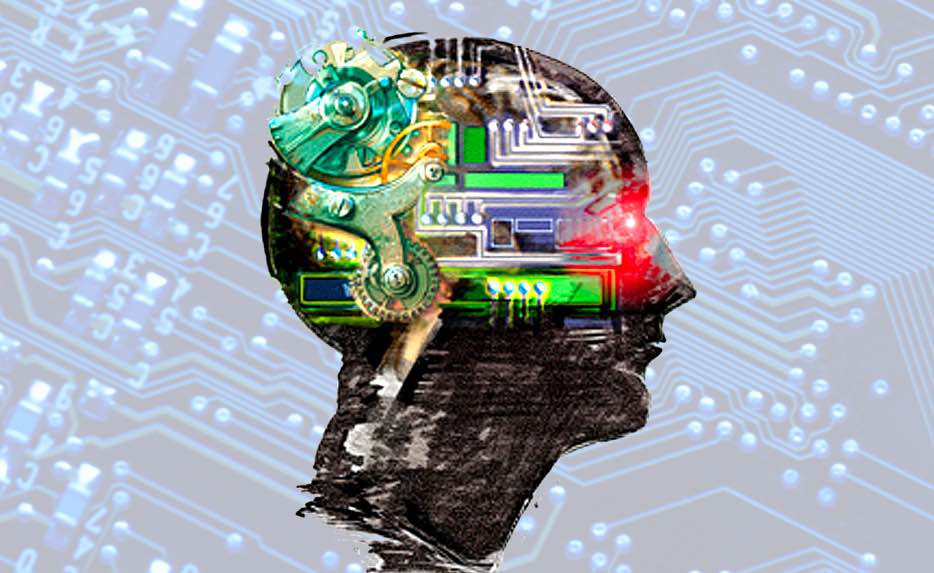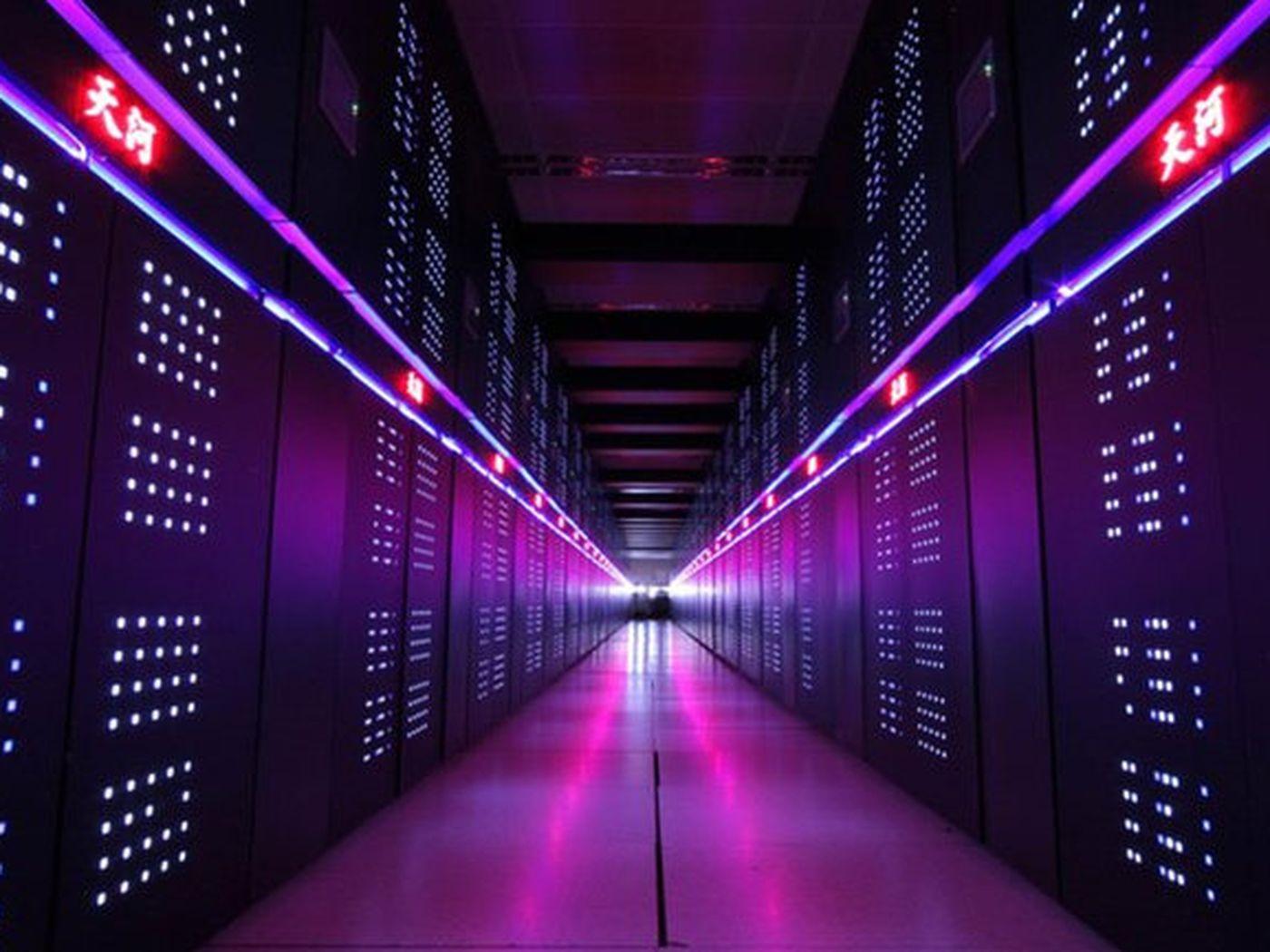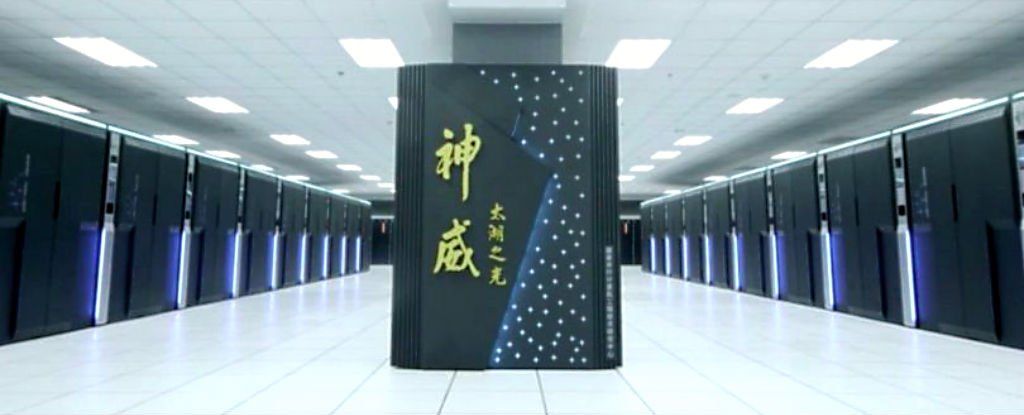This is nowhere near the power of the biggest systems, but still allows us to participate in research and development powered by supercomputer.
The idea that a computer could deliver an increase in life expectancy arises for a number of reasons, Prof Desplat says. Major gains are expected from the emergence of personalised medicine, care specifically tailored to match your genetic make-up. This will be driven in the not too distant future by “deep artificial intelligence learning” run on a supercomputer. These will also deliver faster more accurate early diagnosis, he says.
These computers are used in a variety of ways, from weather forecasting and climate modelling to energy usage modelling, statistical processing and seismic analysis when prospecting for oil and gas.









